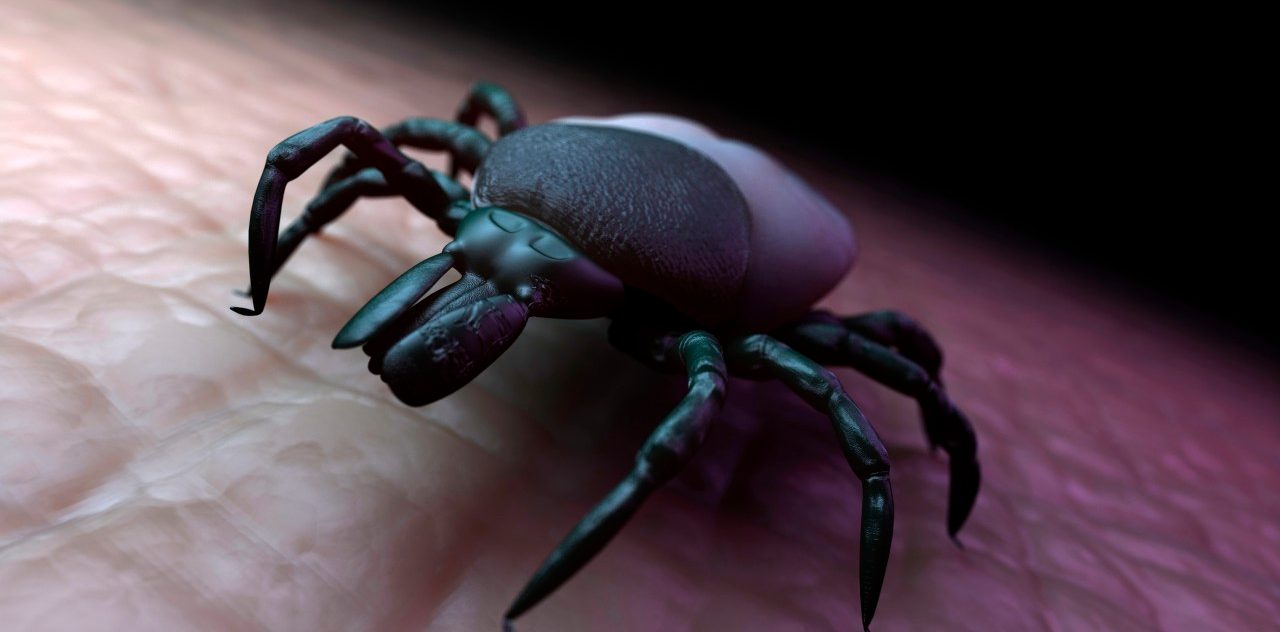Another Tickborne Disease Risk: Powassan Virus

Powassan virus may be spreading. It can cause brain damage and even death — but you can protect yourself from Powassan if you avoid getting tick bites.
Almost everyone has heard of Lyme disease, Rocky Mountain spotted fever, and some other illnesses that ticks spread. But one tickborne disease, Powassan virus, has seldom been in the news because it has been so rare. More than 200 cases of the infection have been reported over the past decade in the U.S., according to the Centers for Disease Control and Prevention (CDC).
YOU MIGHT ALSO LIKE: Symptoms of Lyme Disease
There’s concern, however, that Powassan is becoming not-so-rare anymore.
The Powassan virus is named after a small town in Canada where a child became ill in l958 with brain inflammation. Doctors in Ontario identified a never seen before virus, Powassan, as the cause. Since then, most cases of Powassan have occurred in the Northeast and Great Lakes region. But warmer winters have caused deer ticks, the same type of ticks that transmit Lyme disease, to thrive and spread to other areas.
Because the virus can cause serious and even deadly consequences, it’s important to get the facts about this tickborne illness and learn how to protect yourself.
Unlike Lyme and other tickborne diseases in the U.S., bacteria do not cause Powassan. It’s a virus in the flavavirus family (which includes the West Nile virus), so antibiotics are not an effective treatment. There are also no vaccines or drugs to prevent or treat infection, according to the CDC.
Powassan virus symptoms
Not everyone infected with Powassan virus becomes sick, but some people develop symptoms that include fever, vomiting, and headache. For others, the virus may be deadly.
Powassan can infect your central nervous system and cause membranes around your brain and spinal cord to become inflamed (meningitis). It can also cause brain swelling (encephalitis). The result can be loss of coordination, seizures, and weakness.
At least half of Powassan survivors end up with permanent neurological symptoms, including headaches, memory problems, and muscle wasting. About 10 percent of people who develop encephalitis from Powassan die.
How to avoid ticks
The only way to prevent Powassan, along with other tickborne illnesses like Lyme disease, is to proactively avoid ticks. The CDC advises staying out of wooded and brushy areas with high grass and leaf litter where the blood-sucking creatures are more likely to be found.
You should use tick repellents that contain ingredients approved by Environmental Protection Agency (EPA). The EPA has an online tool to help you select the repellent best for you and appropriate for children.
If you’ve spent time outdoors in an area that could have ticks, bathe or shower as soon as possible after you return home and search your entire body for ticks. Check your children and pets carefully, too.
The CDC points out ticks can cling to clothing and backpacks, so examine them for ticks, as well. You should also wash clothing you wear outdoors during hot water to kill any attached ticks.
If you find a tick on yourself, your child, or pet, remove the tick with tweezers using steady pressure. Then clean the bite area with soap and water, rubbing alcohol, or an iodine scrub. To dispose of a live tick, dunk it in alcohol and flush it down your toilet, or place it in a sealed bag or container.
It takes between a week and a month for symptoms of Powassan virus to develop after a tick bite. If you think you or someone in your family could have contracted the virus or another tickborne illness, contact your doctor for evaluation and treatment.
Powassan virus treatment
Although there’s no specific treatment for Powassan, people who develop severe symptoms are often hospitalized, where support and medications can help reduce brain swelling and lower the risk of permanent neurological damage.
YOU MIGHT ALSO LIKE: How to Protect Yourself Against Tick-borne Diseases
Updated:
August 14, 2023
Reviewed By:
Janet O’Dell, RN